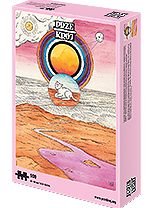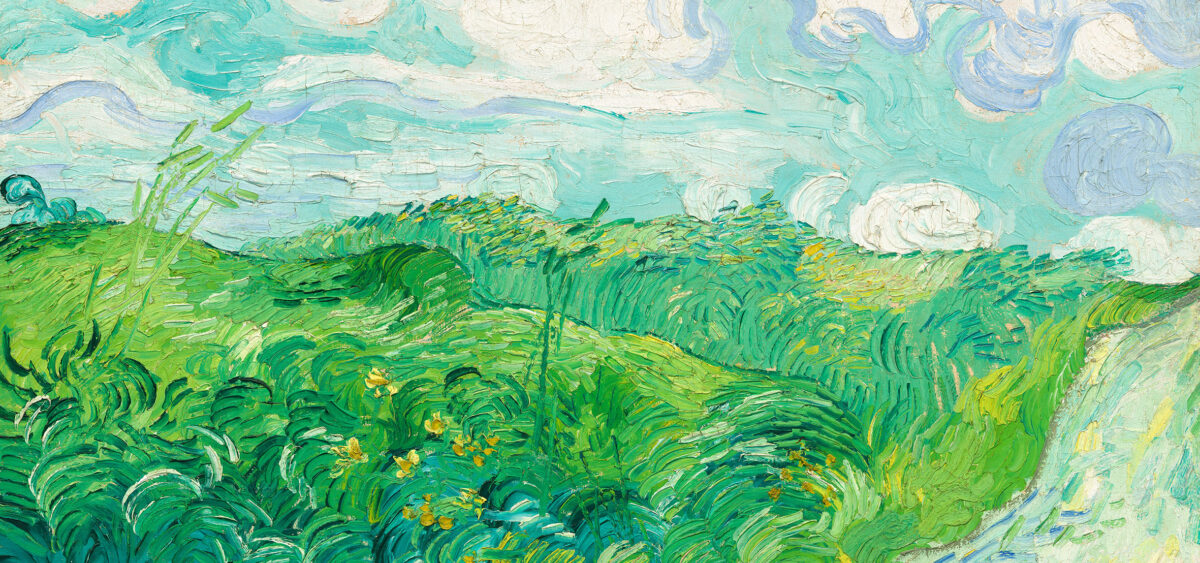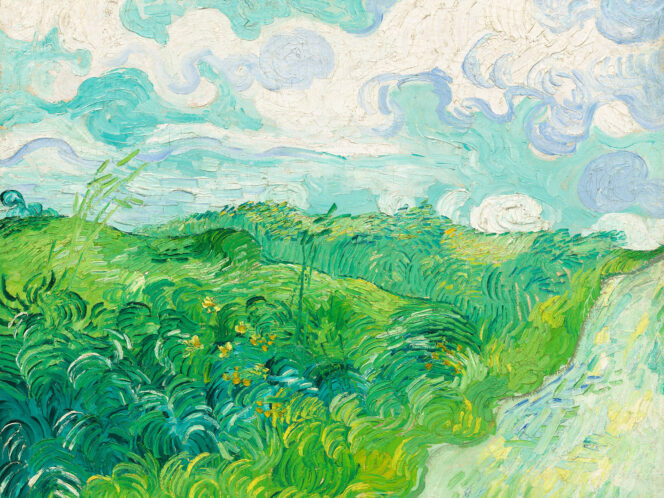
It seems that art can’t exist without colors. They allow artists to imitate reality, draw piercing eyes, illustrate metaphors and hidden meanings. The history of color in art is a fascinating story of the changeability of human tastes and the power of our convictions, associations and . . . stereotypes.
“When we are asked, ‘What do the words red, blue, black, and white mean?’ We can, of course, immediately point to things which have these colors, but our ability to explain the meanings of these words goes no further!”
—Ludwig Wittgenstein
Stendhal’s most famous novel was supposed to be titled Julien, after the main protagonist. Later on, the writer decided to go with The Red and the Black.
“It’s a uniform and a cassock,” Polish writer Tadeusz Boy-Żeleński explained. “It’s the two Frances: Napoleon’s France and the Bourbons’ France.” Such is the most common interpretation of this enigmatic title. However, the red’s link to the army is not obvious, as Napoleonic uniforms were blue. That aside, red and black evoke numerous other associations: love and death, the colors gamblers bet on in roulette. The protagonist, Julien Sorel also speaks of “black ambition,” which could be counterbalanced by passionate red . . . Stendhal clearly liked the ambivalence of his title— right after The Red and the Black, he started working on a book called The Pink and the Green.
A man turns red with fury, blanches white with fear, or goes green with envy. But there are also days when he is feeling blue or looks at the world through rose-colored spectacles. Colors rouse strong emotional associations and carry symbolic meanings. However these—depending on the historical time and place can differ, and even be contradictory. Colors, which in some periods were associated with savagery, the devil or crime, in other periods won back their prestige and came to mean royal or even divine.
The Greek Tetrad of Colours
Up until the nineteenth century, it was thought that the ancient Greeks didn’t hold colors in high esteem. “There are four colours, in accordance with the number of the elements: white, black, red, and yellow,” wrote Empedocles, followed by Plato in Timaeus. But what








